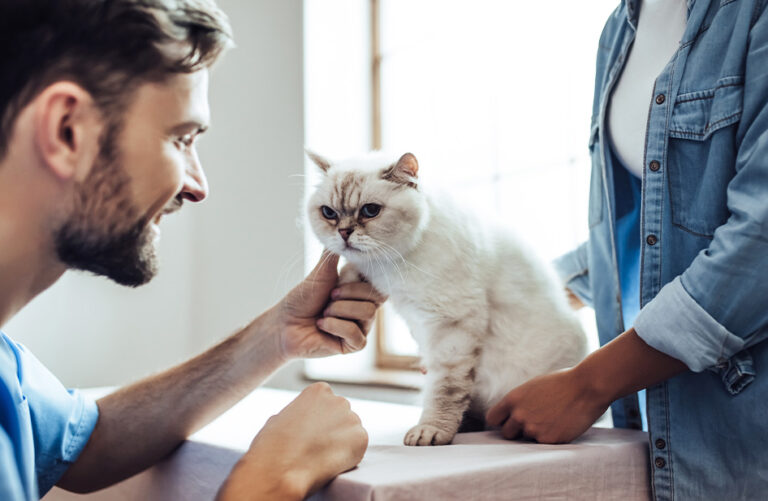Veterinary care has been on a steady rise for many years now. There has been a significant increase in the general care for and adoption of pets, which has resulted in a larger demand for veterinary professionals, medications, and telemedicine. Some of the top factors impacting the veterinary industry include:
- 67% of households in the United States own a pet, with pet health being a top priority for pet owners.
- COVID-19 has increased awareness of pet well-being, with 41% of owners paying closer attention to their pet’s health and 14% changing what pet care products they buy.
- Veterinary positions are anticipated to grow 16% by 2029.
While pet ownership is growing patient numbers for veterinary practices, owners and staff are also navigating shifts in other areas of their business, namely inventory providers. The number of medication providers has expanded from the primary local pharmacy, known technically as a 503A, to now include more 503B manufacturers, commercial manufacturers, and online dispensers. This expansion in veterinary pharmaceuticals is a complexity that hospitals must manage, but it’s also a growth opportunity for practices.

Veterinary Pharmaceuticals Market Statistics:
- Pharmaceuticals dominate the market for veterinary medicine with a revenue share of over 57%, with North America accounting for the highest market revenue share at 38.4%.
- The FDA estimated that 75,000 pharmacies fill 6.35M compounded prescriptions for animals in the US each year.
- Oral formulation is the most commonly compounded product at 74% revenue share.
- Veterinary practices are using the volume of prescriptions and in-office drug inventory as a profit opportunity by turning hospital or clinic pharmacy sales into a significant source of revenue.
Is your practice looking to turn inventory management into a profit center this year?
Our resources can help get you started:
Impact of Technology in Veterinary Patient Care:
- 16% of pet medication sales occur online. These sales include office orders or prescription refills made through 503A pharmacies’ and 503B manufacturers’ online platforms. They also include purchases from online sources which aren’t regulated by the FDA and pose a threat to veterinary product safety, effectiveness, and purity—another challenge veterinary professionals are combating.
- 83% of hospital executives plan to invest in telehealth systems and services
Veterinary practices have been one of the slower health sectors to make the transition to telemedicine despite the profitability it offers with timesaving and flexibility for patient care. However, COVID forced the transition for many hospitals. If your practice is still smoothing out the telemedicine process, learn more about how others made the shift, and get answers to frequently asked questions.
Veterinary professionals have overcome tough challenges in recent years and shown great resiliency. We’re hopeful for a strong year in the veterinary industry and look forward to helping practices hit patient care and profitability goals.



